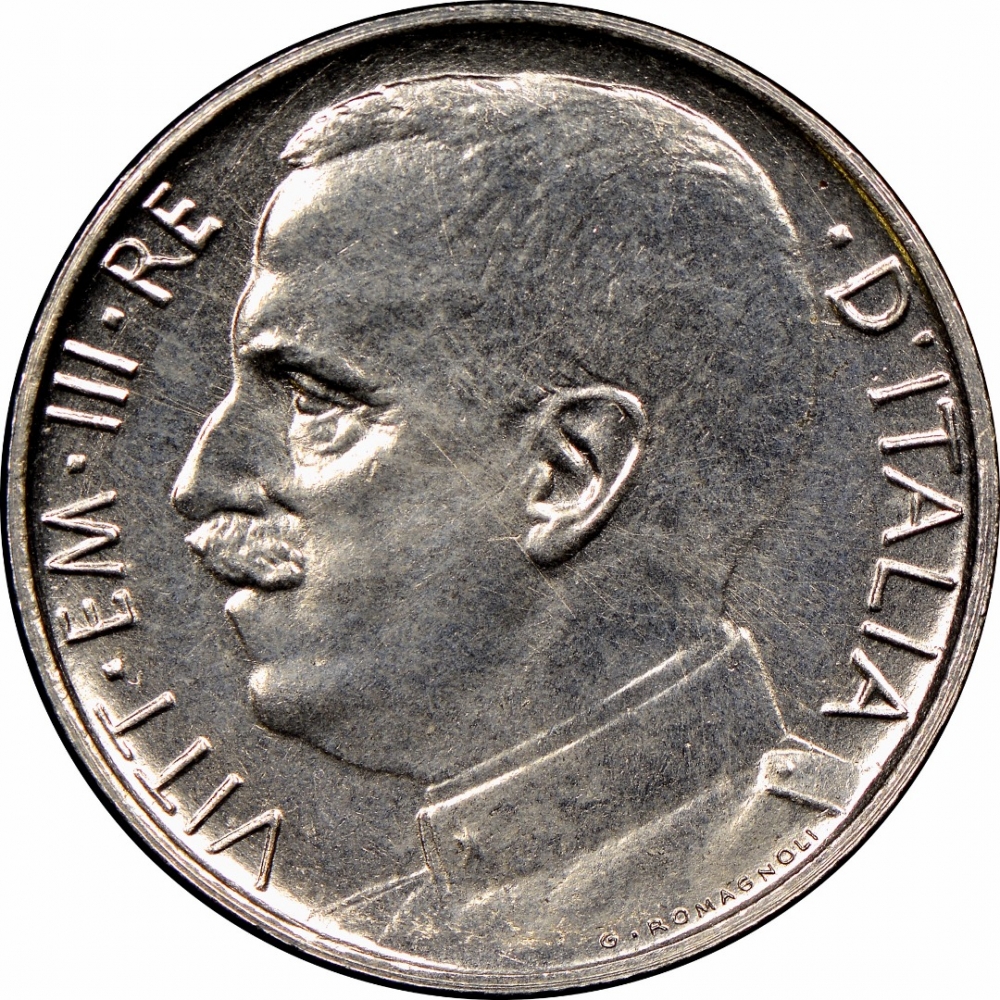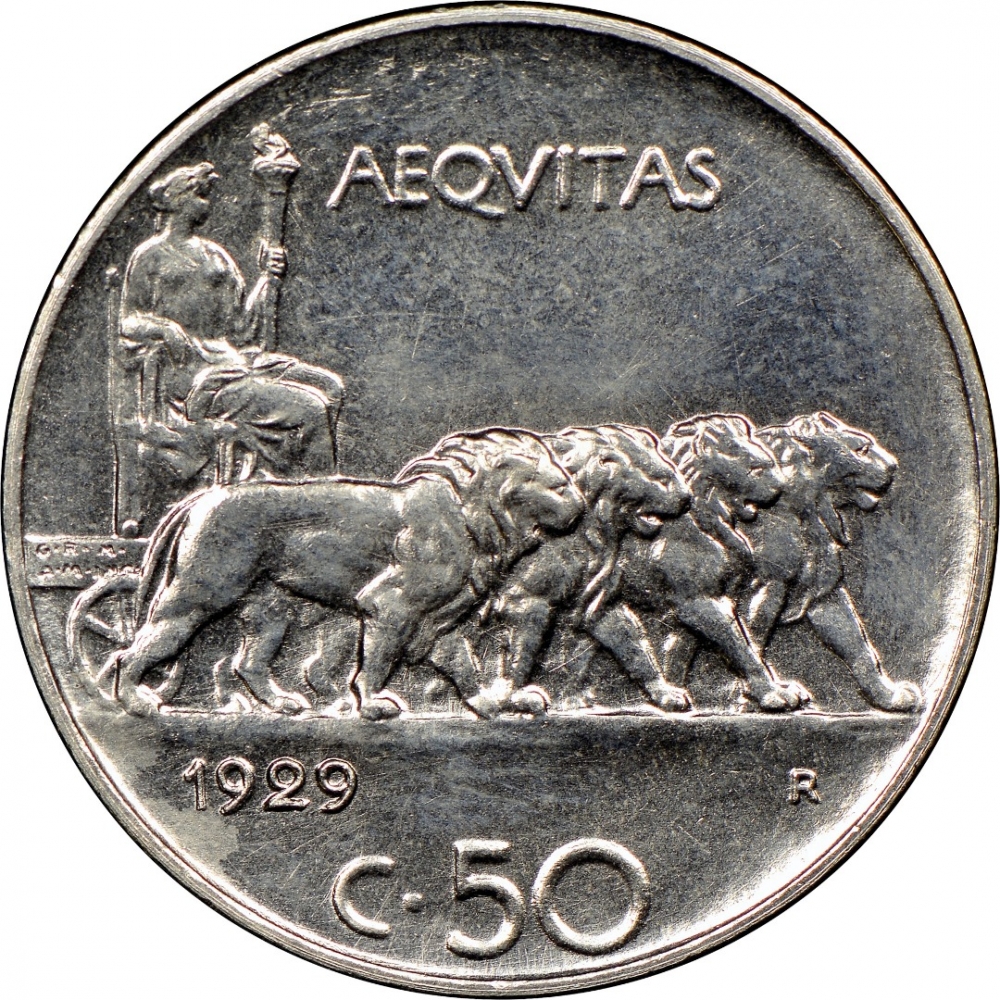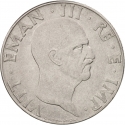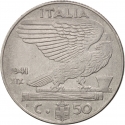You are about to finish your registration. Please check your mailbox (including spam folder). There should be a letter with a confirmation link. Check setting to make sure that your e-mail address is correct.
Send letter againDescription
Victor Emmanuel III (Italian: Vittorio Emanuele III; 1869–1947) was the King of Italy from 29 July 1900 until his abdication on 9 May 1946. In addition, he claimed the thrones of Ethiopia and Albania as Emperor of Ethiopia (1936–41) and King of the Albanians (1939–43), claims not recognised by all the great powers. During his long reign (nearly 46 years), which began after the assassination of his father Umberto I, the Kingdom of Italy became involved in two World Wars. His reign also encompassed the birth, rise, and fall of Italian Fascism.
Victor Emmanuel abdicated his throne in 1946 in favour of his son Umberto II, hoping to strengthen support for the monarchy against an ultimately successful referendum to abolish it. He then went in exile to Alexandria, Egypt, where he died and was buried the following year.
He was called by the Italians Il Re soldato (The Soldier King) for having led his country during both the world wars (and for Savoy's historical affinity with the battlefield, where the dynasty built much of its power), and, after Italy's victory in the First World War Il Re vittorioso (The Victorious King). He was also nicknamed Sciaboletta ("little saber") due to his height of 1.53 m (5 ft 0 in).
Years from 1926 to 1935 have been coined for collectors only and had no legal tender.
Engraver: Giuseppe Romagnoli
Artist: Attilio Silvio Motti
Obverse

|
Portrait of King Victor Emmanuel III in uniform facing left. Lettering around the edge, name of the engraver near the rim, on the uniform. VITT•EM•III•RE•D'ITALIA |
|---|---|
Reverse

|
Female figure (Aequitas) holding a torch (representing Italy) on a chariot carried by four lions going right. On the chariot the initials of the author. Lettering above; date, mintmark (R) and value below exergue line. AEQVITAS |
| Edge |



